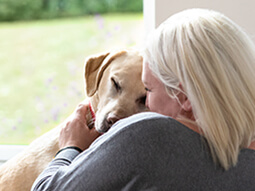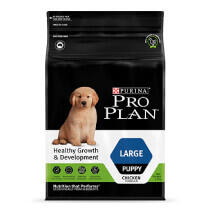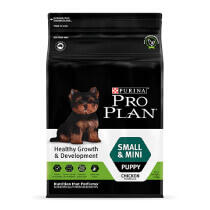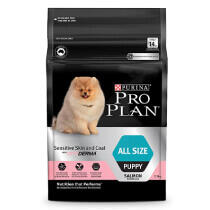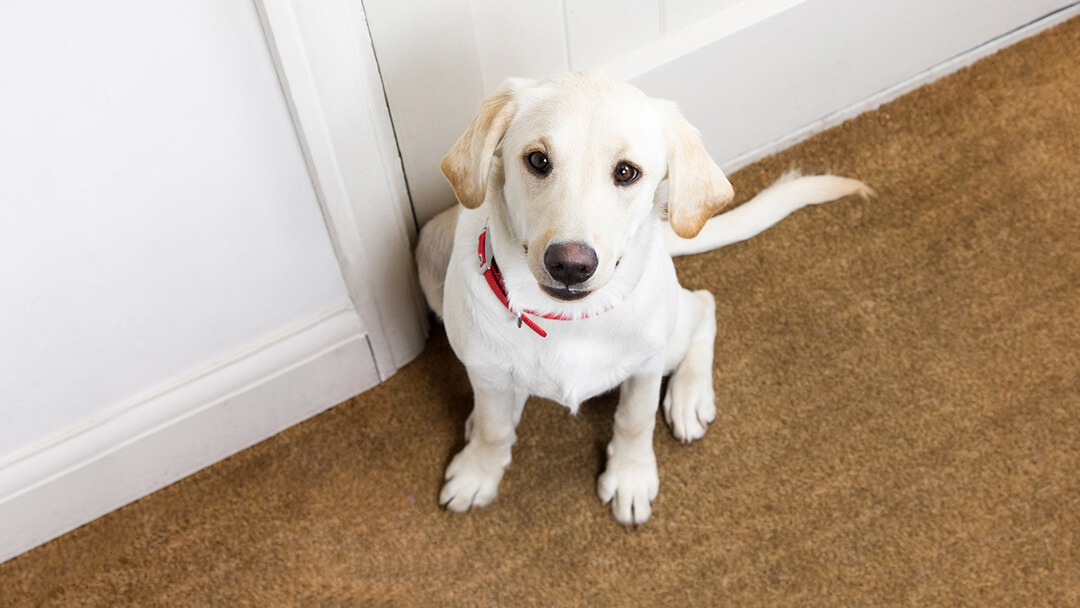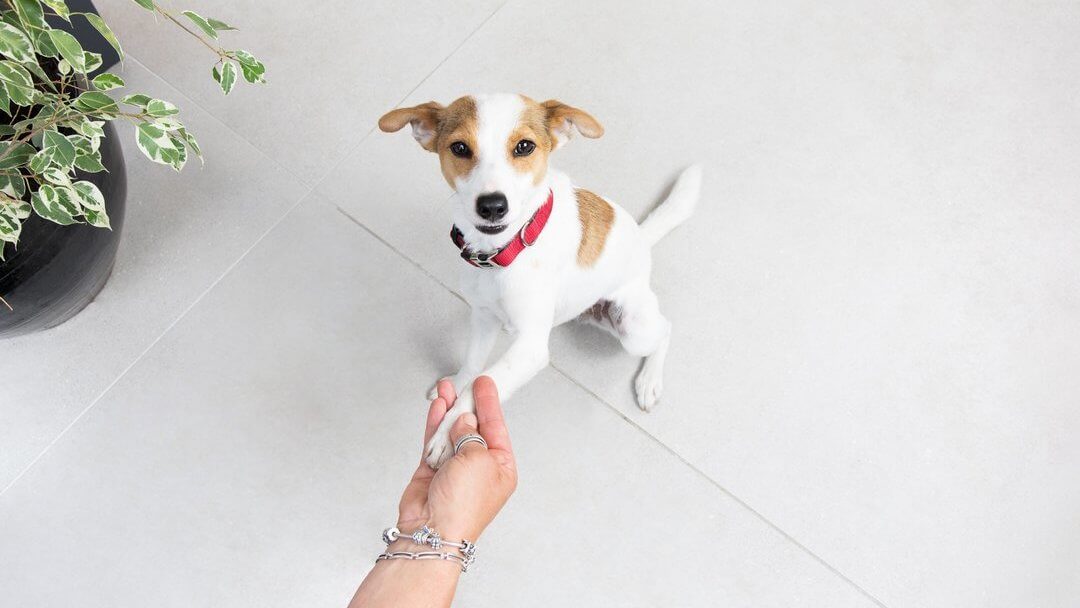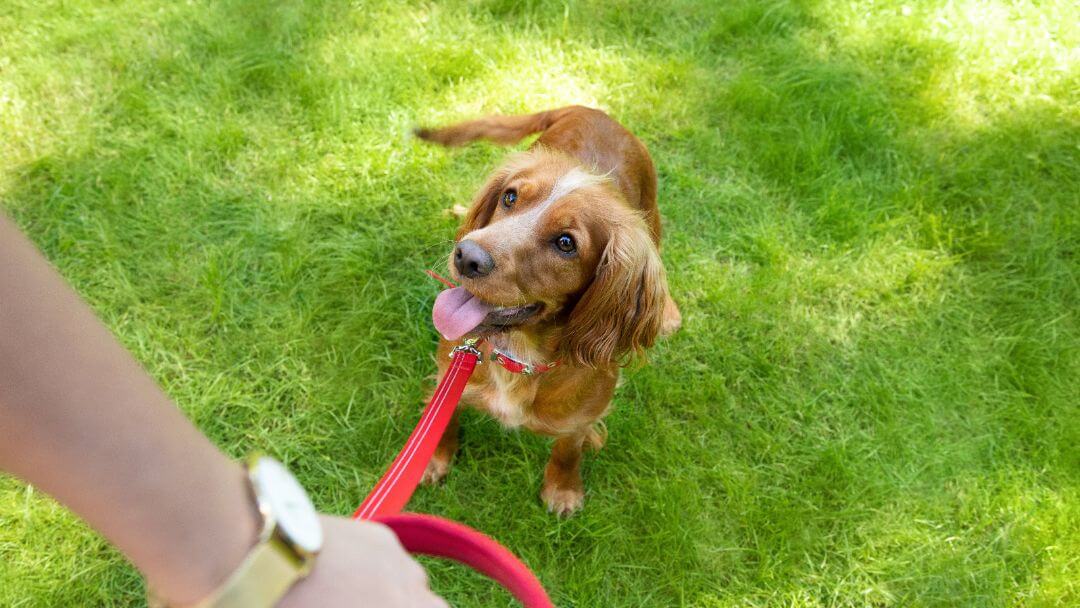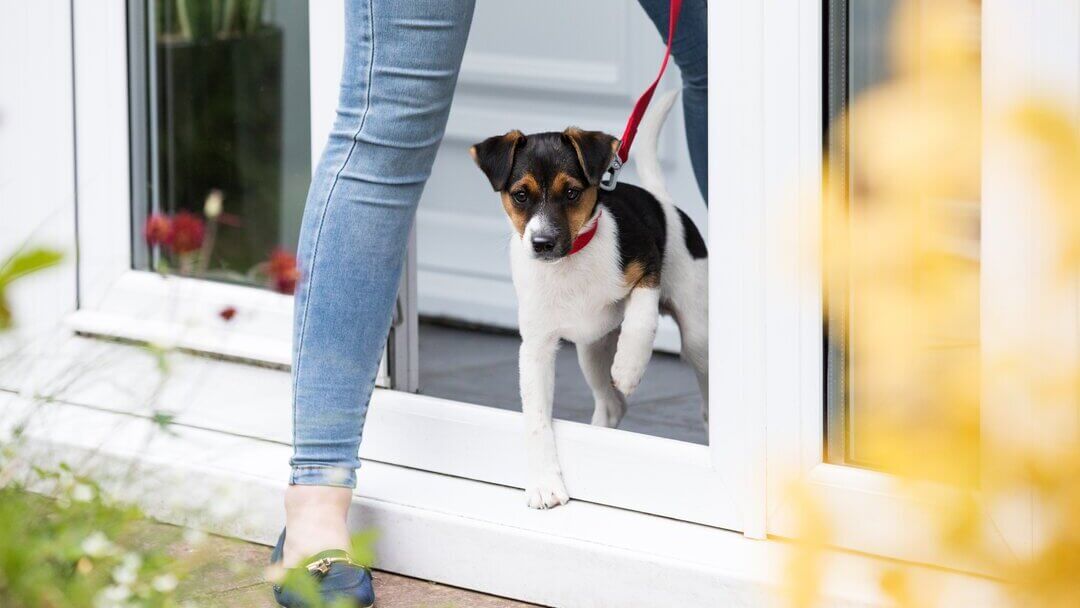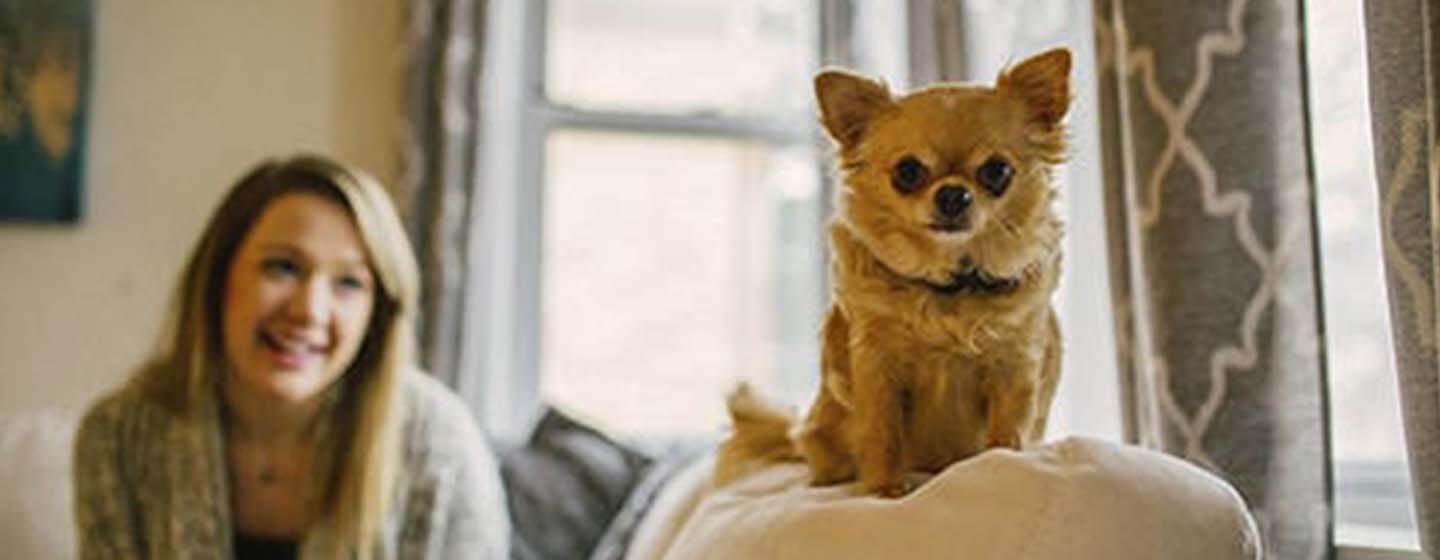

If your puppy scratches at the door, cries or barks excessively, goes to the bathroom in the house and/or chews things every time your family leaves the house, he may be suffering from separation anxiety.
Why some puppies develop separation anxiety and some don’t is not fully understood. Whatever the cause, it’s important to realize these behaviors are not malicious and that they are likely panic or other coping behaviors. Punishing your puppy will not eliminate separation anxiety. Gradually adjusting your puppy to being alone is the best approach.
Preventing Separation Anxiety
It’s good for your puppy to be comfortable when home alone. You can help him learn this by taking a little time and following these simple steps. Start as soon as your puppy comes home, if possible.
- Puppies like routine. Develop a schedule for your puppy, and make sure your family sticks to it.
- Practice Preventative Training.
- Always give your puppy an opportunity to go potty prior to crating him.
- Crate train your puppy. When done properly, the use of a crate is a great way to help your puppy remain calm—and out of trouble! See our guide on Crate Training your puppy for more information.
- Crate him for short periods while you are present. For example, when you are watching television, put your puppy in his crate and put the crate next to the sofa. Gradually increase the time crated. Reward quiet behavior with calm praise.
- Start leaving your puppy alone in his crate. Start with just a few minutes at a time. Gradually increase the time spent alone.
- Limit the attention he gets shortly before leaving, so it isn’t such a shock when your family does leave.
- When you let your puppy out of his crate, remain calm and keep the greetings to a minimum. You don’t want to make him excited.
- Most puppies don’t need to be crated throughout their lives, but don't rush freedom. Typically, puppies aren’t ready to be given unsupervised freedom in your home until they are approximately a year-and-a-half or older.
- Try to make sure someone in your family is home as much as possible. Consider hiring a puppy-walker or neighbor to give your puppy a midday break while everyone is in work or school. Keeping your schedule similar on weekends can help make things easier for your puppy.
A Do And A Don’t
DO make leaving and arriving uneventful. By making leaving a big production – lots of hugs and goodbyes or asking if he’ll miss you – you may increase your puppy’s anxiety level. You may want to consider giving him a treat or an appropriate toy so that he associates the crate with something positive. Leaving the television or a radio on may help too.
DON’T get overly excited when you return. Just let your puppy out of his crate promptly and take him outside as he may need to relieve himself. As he gets older and has better control of his bladder, wait until your puppy is calm and quiet, then casually go greet him and praise him for being calm and quiet.
Signs of Serious Separation Anxiety
Most puppies whine or cry a little when left alone. True separation anxiety is defined as destructive or disruptive behavior by a puppy, including tearing up the room, constant barking and whining, or inappropriate elimination when he is left by himself. Consult your veterinarian, a qualified puppy trainer or a behavior professional if you are unable to resolve these issues on your own.
